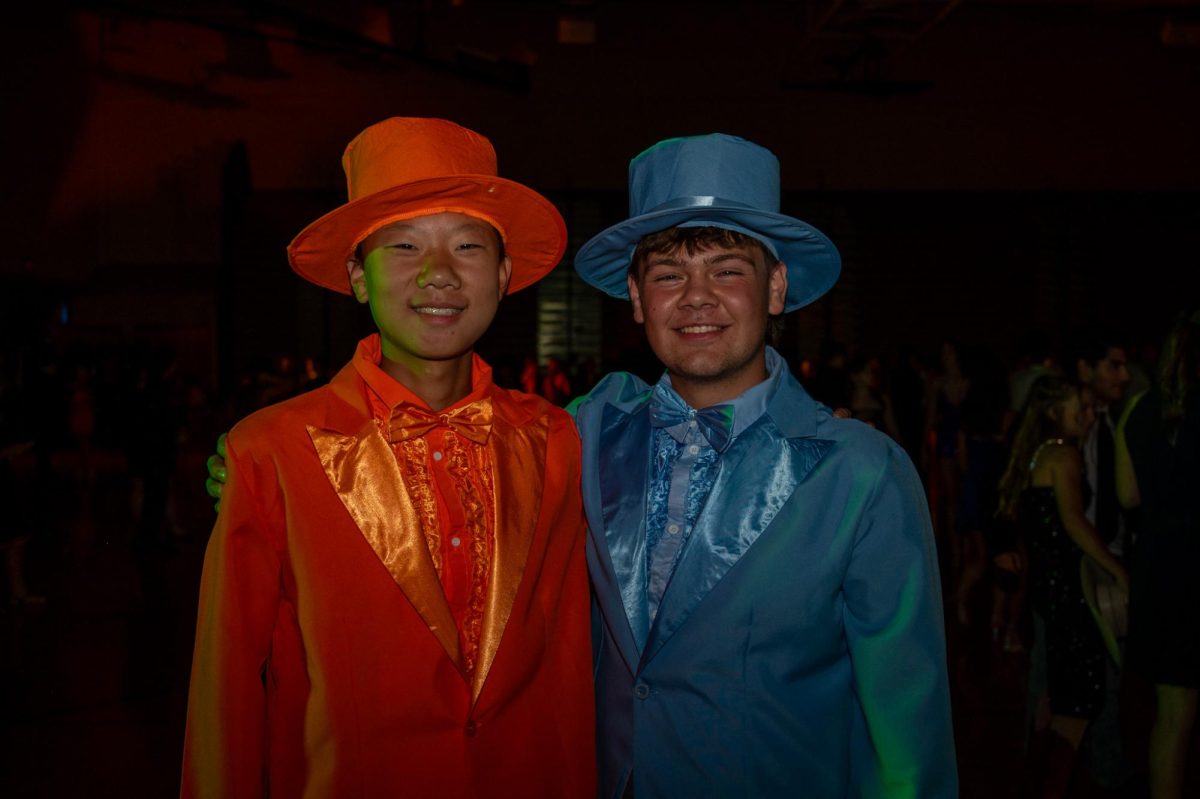Movies are art; art is subjective, and therefore it’s impossible to pin exactly what makes one great. However, movies elicit different reactions out of the audience, and some are held in higher regard. So, what are the characteristics of a movie that has a positive, lasting impression on the viewer? How can a movie cast its footprint into the vast genre of cinema? There is no single answer, but there are some things found commonly in ‘great’ films.
Storytelling
Any remarkable film will come with a good story– a plot that immerses the viewer into its depths and tells an entertaining theme. As Joseph Campbell once said, “People forget facts but they remember stories.” Stories have been the language of human interaction since humans have existed, and good stories communicate thoughts and feelings directly to the audience. In Pulp Fiction, the interesting plot line and the jumbled order of storytelling ensures an entertaining experience for the viewer. It comes together as a puzzle, leaving some liberty to the viewer to try and figure it out as it goes on. When a film creates such an interesting dynamic with its plot, it stays even after the credits roll.
Cultural Relevance
Movies that are renowned in the film industry are outwardly relevant to their time period. The Matrix portrayed themes of reality, control, and rebellion; it mirrored the growing anxieties about technology and government surveillance during the developing digital age. When a viewer can personally relate to the themes inside a film like this, it builds a strong connection that will linger with them. Culturally relevant films not only serve as entertainment, but are tools that reflect and shape societal values and culture as a whole.
Cinematography
The more formal elements in film–composition, lighting, and movement–are just as crucial as narrative. Films must use visual storytelling to convey mood and metaphors, creating a subtle yet immersive experience for the viewer. In Blade Runner 2049, the use of negative space (K standing alone in massive, empty environments) demonstrates the protagonist’s isolation and existential questioning. This movie is an absolute masterclass in cinematography from using lighting for mood and metaphor, color palette as narrative device, and the overall composition. The visuals in a film are incredibly crucial to captivate the viewers attention and show the subtleties in storytelling.
Soundtrack
Just as a striking visual pulls a viewer into its world, the soundtrack makes that world feel alive. The music in a film is far more important than just something to fill the background– it shapes emotion, builds tension, and etches scenes into our memory. In Jaws (1975), for example, the two-note theme that accompanies the shark cues a heart-pounding moment yet to come, turning an unseen threat into an absolute nightmare. Whether it’s the melodic piano of a romance or the aggressive drums in an action scene, the music inside these films turns a set of images on a screen into actual experiences that are felt.
The Answer
In the end, a movie truly becomes great when there is an amazing blend of all these core elements. An interesting story with concrete messaging gives it its soul, while cultural relevance makes it resonate with society. Beautiful cinematography turns scenes into visual poetry, and pulls the viewer straight into the story. And the soundtrack– whether a heart-touching melody or an iconic theme– elevates emotions and etches these moments into memory. When these elements combine, it becomes more than just a movie– it becomes an experience, one that lingers long after the credits roll.











